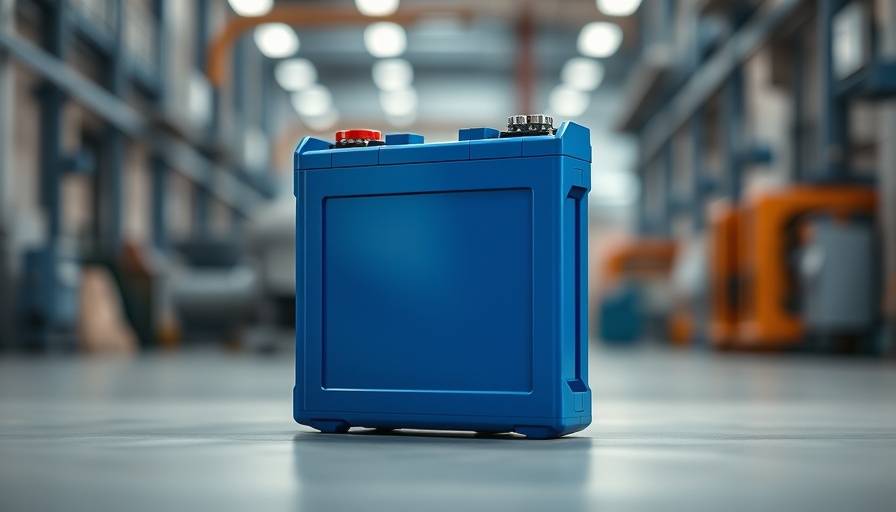
Rising Concerns About AI and Children's Safety
With the rapid growth of artificial intelligence technologies, the role of companies like OpenAI has come under scrutiny, particularly regarding their impact on the younger generation. Recent warnings from a group of U.S. attorneys general underscore a significant concern: innovations in AI must prioritize children's safety above all else. As these technologies become interwoven into daily life, the potential for harm increases. It raises the question: how proactive should regulatory measures be to safeguard children?
The Urgency of Addressing the Risks
The legal focus on OpenAI arose from insights reflected by many parents and educators who have started to voice their worries. Many have pointed out that while AI tools possess immense educational potentials, there can be severe unintended consequences. Children, especially those who interact with technologies widely used for gaming and social media, may be particularly vulnerable to exposure to harmful content.
Furthermore, specialists warn that these tools can facilitate cyberbullying or the spread of inappropriate material that can harm impressionable minds. Hence, the urgency in the call from the attorneys general; they emphasize that any harm to children, regardless of its source, should be met with immediate action.
Mitigating Risks - A Shared Responsibility
Addressing these concerns requires a collaborative approach involving tech companies, policymakers, educators, and families. Regulatory bodies must work with tech firms to impose guidelines that dictate the ethical development and deployment of AI technologies. For instance, the implementation of stricter age verification methods might be one step forward, allowing companies like OpenAI to enhance protective mechanisms around their offerings.
Moreover, there’s a pressing need for educational programs that teach children about the nature of AI. By fostering digital literacy, children will be better equipped to navigate the online landscape safely and to understand both the perks and pitfalls of AI.
Learning from Other Industries
This cautionary mindset aligns with efforts seen in other industries facing similar dilemmas. For example, video game developers have long battled issues related to children's safety, often incorporating parental controls and content ratings. Lessons learned here can inform how AI technologies are tailored and marketed.
For instance, when developing gaming content, developers have embraced transparency, enabling parents to make informed decisions about what is suitable for their children. Such practices could be instrumental in setting up effective guidelines for AI usage.
What This Means for Our Future
As we look ahead, the balancing act between innovation and safety will become increasingly significant. The measures taken now will dictate not only the future of AI but also the welfare of the next generation. If left unmonitored, there’s no telling how far-reaching the consequences may be.
In light of this, communities can engage in discussions about the ongoing implications of AI by organizing forums that facilitate dialogue between tech companies, parents, and children. Open conversations can illuminate concerns and lead to the development of solutions that prioritize children's well-being.
Conclusion: Call to Action
The implications of AI on children’s safety cannot be overstated. As stakeholders in this evolving landscape, it is essential for everyone involved to regularly assess the impact of these technologies. Parents, educators, and advocates must remain vigilant, pushing for regulations that ensure children's safety in a rapidly changing digital world. Together, we can forge a path where technological advancements coexist harmoniously with the well-being of future generations.
 Add Row
Add Row  Add
Add 




Write A Comment